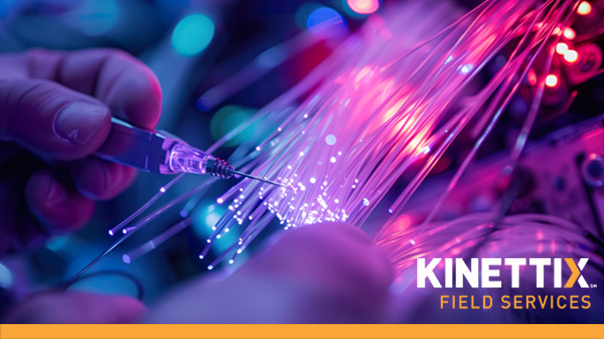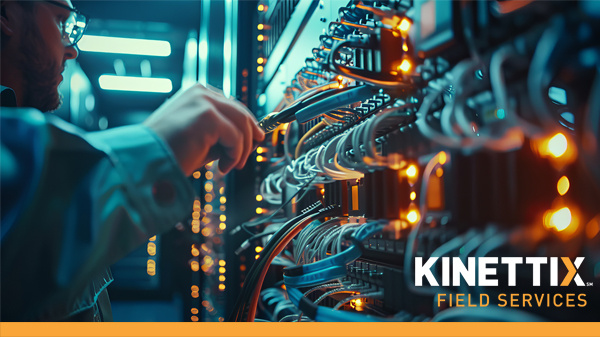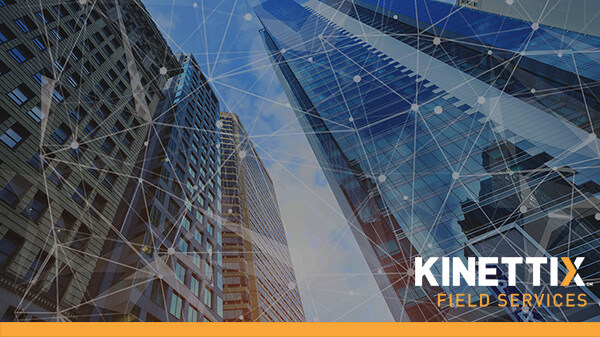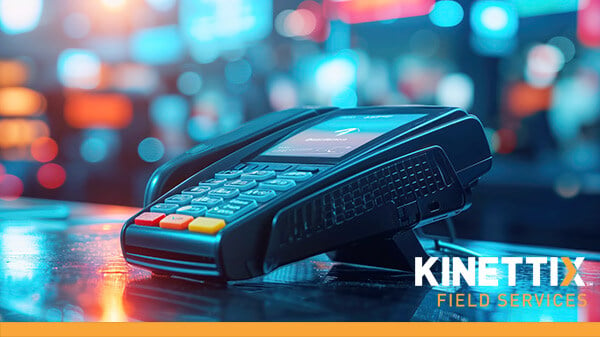The Speed of Fiber Optic Cabling
In the world of data, where speed is king, fiber optic cabling offers unmatched speed capabilities, revolutionizing the way data is transmitted across networks. Unlike traditional copper cables, which are limited by electrical resistance, fiber optic cables use light signals to transmit data. This method allows for significantly faster data transfer rates, reaching speeds up to 100 Gbps and beyond. This speed is crucial for modern applications that demand high bandwidth, such as streaming services, online gaming, and large-scale data transfers.
In addition to faster data rates, fiber optic cabling also offers lower latency. Latency refers to the delay in data transmission, which can significantly impact the performance of real-time applications like video conferencing and online gaming. By minimizing latency, fiber optic cables ensure a smoother and more responsive user experience. This is particularly important for businesses that rely on real-time communication and collaboration tools to operate efficiently.
Enhanced Reliability and Stability
In addition to their greater speed, one of the most significant advantages of fiber optic cabling is its enhanced reliability and stability. Because they carry pulses of light rather than electricity, fiber optic cables are less susceptible to environmental factors that can affect traditional copper cables, such as electromagnetic interference (EMI) and radio frequency interference (RFI). This resistance to interference ensures a more stable and consistent connection, reducing the risk of data loss or corruption.
But that is not all, fiber optic cables are made of thin stands of plastic or glass and therefore are more durable and resistant to physical damage when compared to metal wires. They are less prone to wear and tear, making them a more reliable choice for long-term installations. This durability is particularly beneficial for businesses and organizations that require a dependable network infrastructure to support their operations. By investing in fiber optic cabling, companies can reduce the frequency of network outages and maintenance, leading to increased productivity and cost savings.
Future-Proofing Your Network Infrastructure
As technology continues to evolve, the demand for higher data transfer rates and greater bandwidth will only increase. Fiber optic cabling provides a future-proof solution that can accommodate these growing demands. Unlike copper cables, which have a limited capacity for data transmission, fiber optic cables can support much higher bandwidths, making them an ideal choice for future network expansions.
In addition to higher bandwidth capabilities, fiber optic cabling also supports emerging technologies such as 5G, Internet of Things (IoT), and cloud computing. These technologies require robust and scalable network infrastructures to function effectively. By implementing fiber optic cabling, businesses can ensure their networks are prepared for the future, allowing them to stay competitive in an increasingly digital landscape.
Improved Security and Reduced Risk
Security is a top priority for any network infrastructure, and fiber optic cabling offers several advantages in this regard. Unlike copper cables, which can be easily tapped into, fiber optic cables are much more difficult to breach. The use of light signals for data transmission makes it challenging for unauthorized individuals to intercept or tamper with the data. This increased security is particularly important for organizations that handle sensitive information, such as financial institutions, healthcare providers, and government agencies.
In addition to enhanced security, fiber optic cabling also reduces the risk of data loss and signal degradation. Since fiber optic cables are immune to electromagnetic interference, they maintain signal integrity over long distances. This reliability ensures that data is transmitted accurately and securely, minimizing the risk of data breaches and other security incidents.
Cost-Effectiveness and Efficiency
While the initial cost of installing fiber optic cabling may be higher than traditional copper cabling, the long-term benefits far outweigh the initial investment. Fiber optic cables have a longer lifespan and require less maintenance, resulting in lower overall costs. Additionally, the increased speed and reliability of fiber optic networks can lead to significant productivity gains and cost savings for businesses.
Fiber optic cabling also offers greater efficiency in terms of energy consumption. Since fiber optic cables use light signals for data transmission, they generate less heat and consume less power compared to copper cables. This energy efficiency not only reduces operational costs but also contributes to a more sustainable and environmentally friendly network infrastructure.
How We Can Help
Fiber optic cabling offers a multitude of advantages for modern networks, ranging from superior speed and reliability to enhanced security and future-proofing capabilities. As businesses and organizations continue to rely on advanced technologies and high-bandwidth applications, the need for robust and scalable network infrastructures becomes increasingly critical.
Kinettix offers comprehensive solutions for companies aiming to transition their cabling infrastructure from copper wire to fiber optic cabling. This upgrade process involves meticulous planning and execution, and Kinettix excels in providing end-to-end services to ensure a seamless transition. These services provided include the installation of new fiber optic cables, termination, labeling, and testing to ensure the new infrastructure meets the highest standards of performance and reliability. By leveraging their expertise, Kinettix helps companies enhance their network capacity and speed, which is essential for supporting modern data demands.





